Acid attack survivors in Bangladesh
In Bangladesh most of the people called them “monsters” or, sometimes, “victims”.But they prefer to be considered “survivors”. For me are HEROES.
Disfigured with industrial acid by neighbours, relatives or boyfriends-husbands for economic reasons or senseless jealousies, these people are forced to survive for years at borders of society.
Often they are considered guilty for their look, impure creatures to leave in the shadows. Destroying the face of a person using acid, criminals don’t want kill, but they prefer erase the identity of victims by a kind of black mark to show inevitably every day to the society: is not a coincidence if many women, also years after the attack, prefer kill themself.
I worked thanks the fundamental support of Acid Survivors Foundation, active in Dacca since 1999. The photographic sequence “Heroes”, one portrait – one story, is made by straight portraits showing the effects on the skin, realized inside the survivors’ s homes and accompanied with interviews.The choice to use the portrait is not fortuitous: my idea, energetically supported by Acid Survivors Foundation (ASF) and all heroes that I met in several villages of Bangladesh, is overturn the goal of criminals and show the signs of violence as a symbol of courage. A kind of hard confront against a conservative and retrograde mentality that, scared by the “different”, prefer line up with oppressors, often unpunished. In my interviews with these people, I asked the story of every single acid attack and the successive phases, and someone told me also an ispirational message for other acid survivors or people in general. Thanks to the fundamental daily work of all staff members of ASF, self-esteem of heroes reinforced: is very important intervene not only on aesthetics rebuild, but above all on psychological perspective. Now, scars are no more hidden, but proudly exhibit as a symbol of a war against the human insanity. A message to contrast these criminal attacks and a hope for hundreds victims, women men and sometimes also child.
I made an unusual post production on my photo for interpret the physical and psychological pains of these people. I re-photographed with a special lens the original pictures that I had print before on normal paper for photocopy: it’s an allusion to the condition of outcast persons, forced to live as ghosts by the same inhabitants of their villages.
Black & white as a metaphor of deep depression, described by survivors as a continue perception as their life lost any colors and sense. Slightly out of focus and deformed, visual slightly distorted, as their eyes saved can see now, after damages of acid. Surreal portraits as surreal is the violence executed.
“Heroes” is a long term project in progress: after Bangladesh, my attention will be on other countries where this kind of violence persist. The goal is realize a photography book to maintain high the public attention on these despicable attacks.
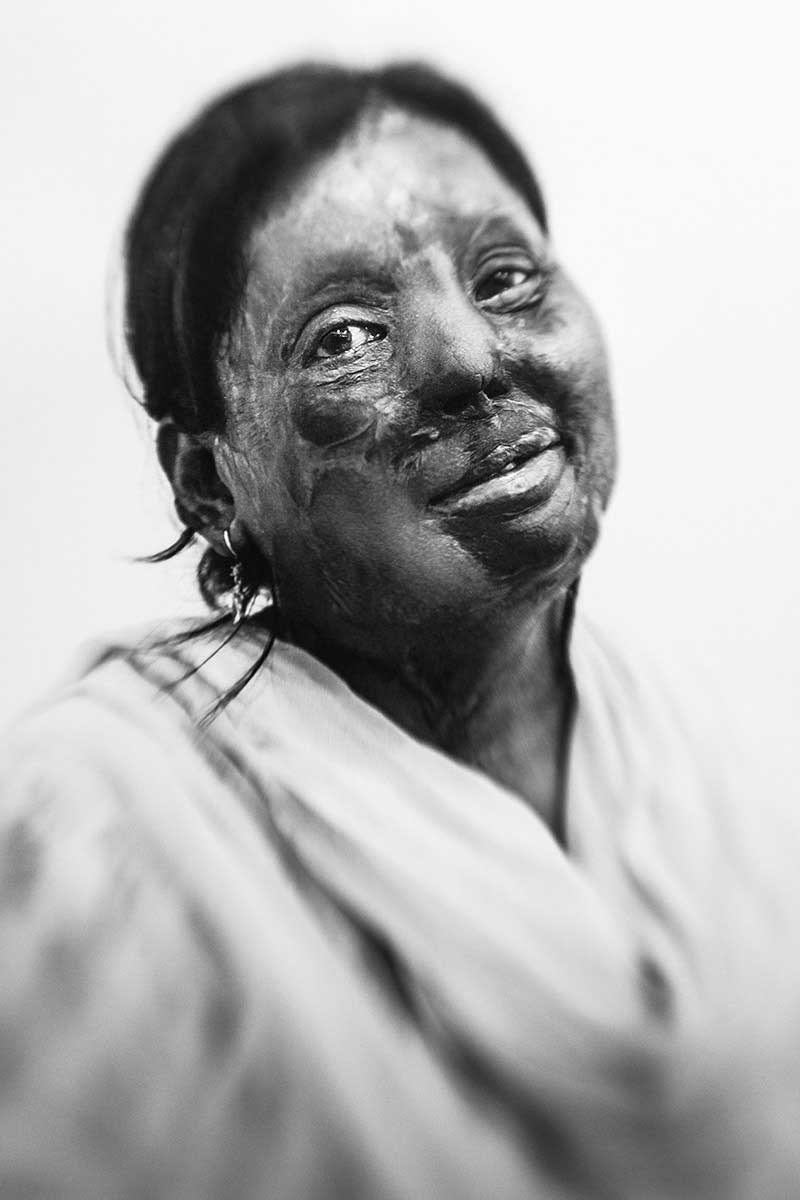
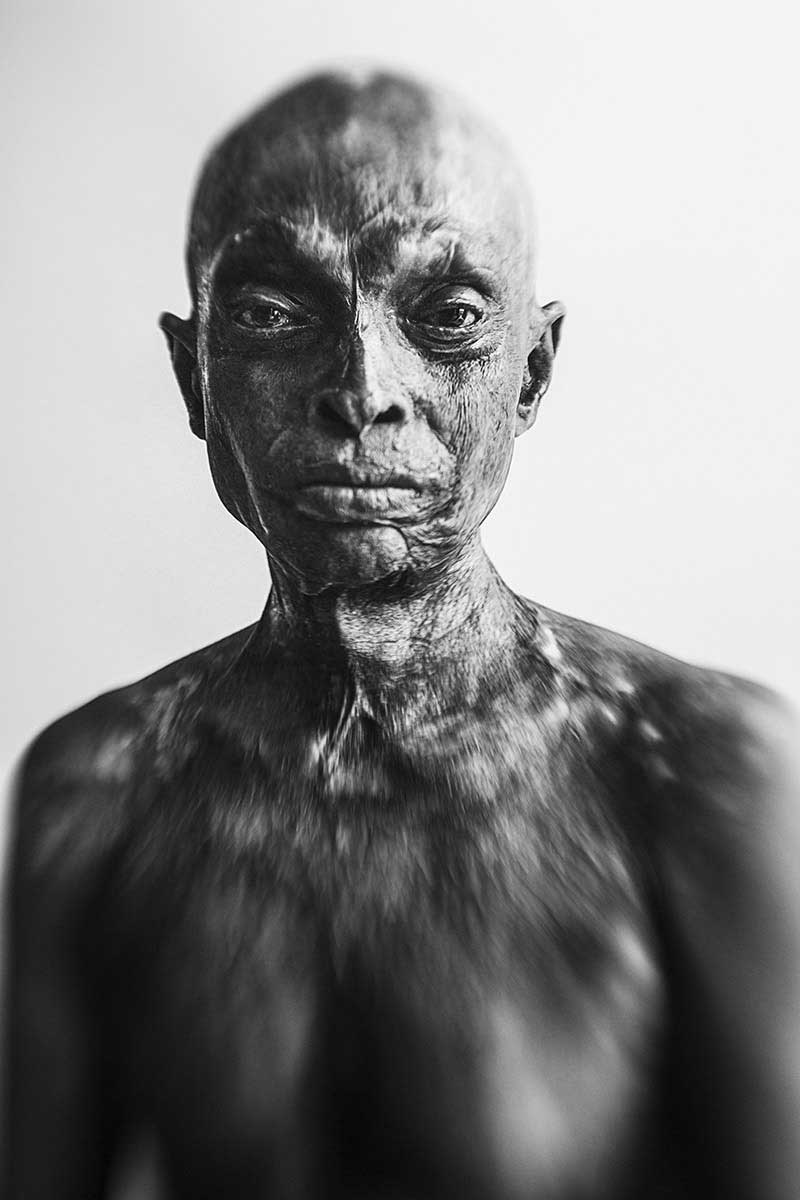
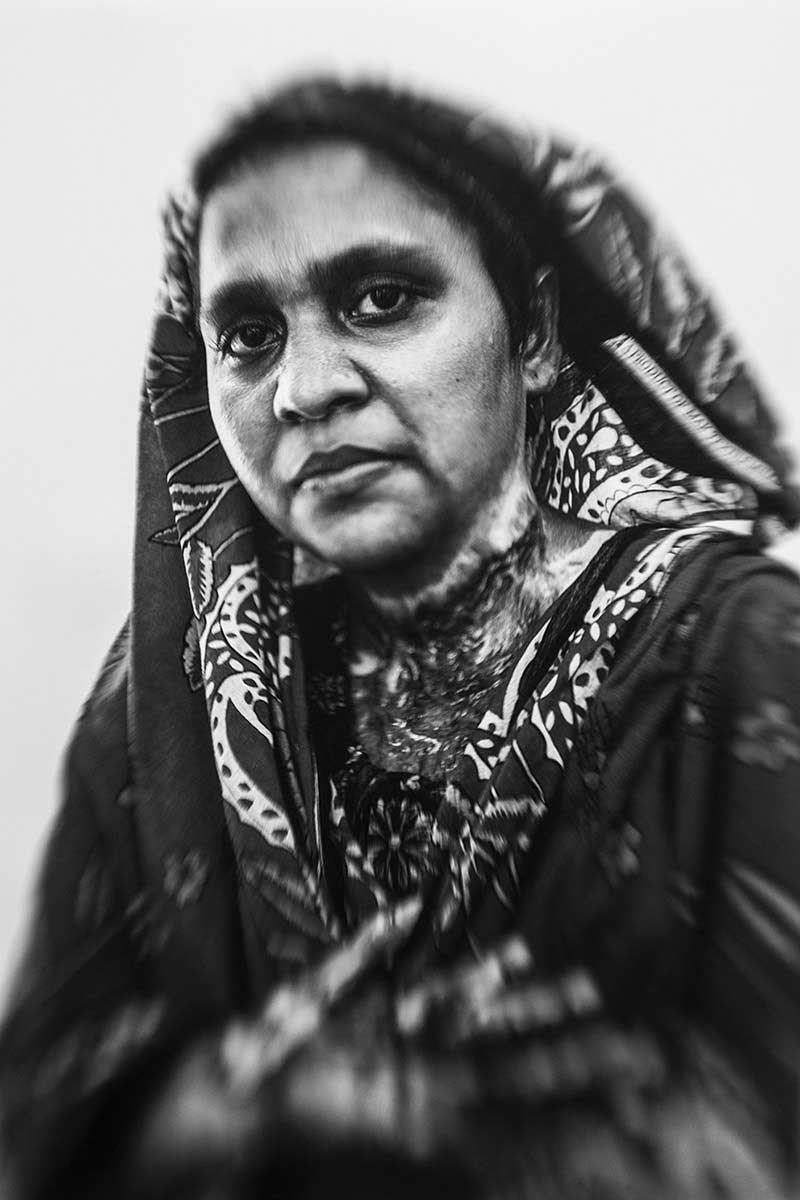
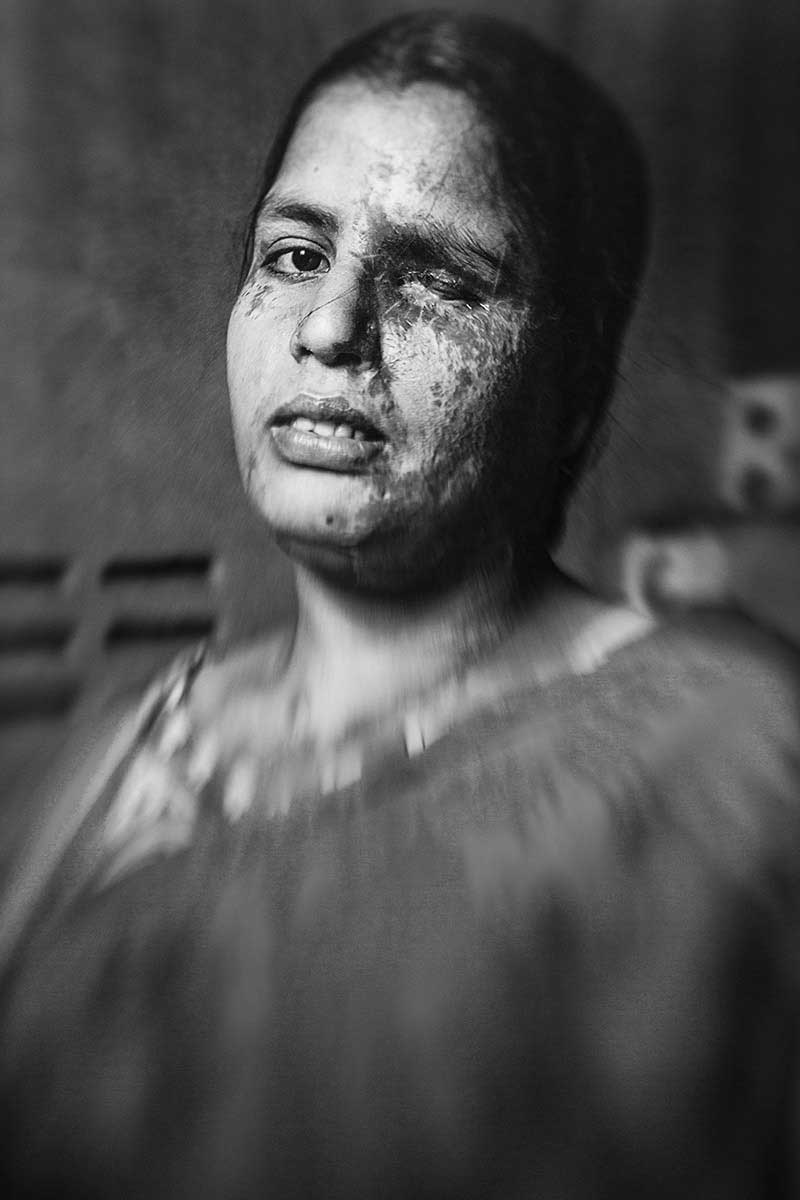
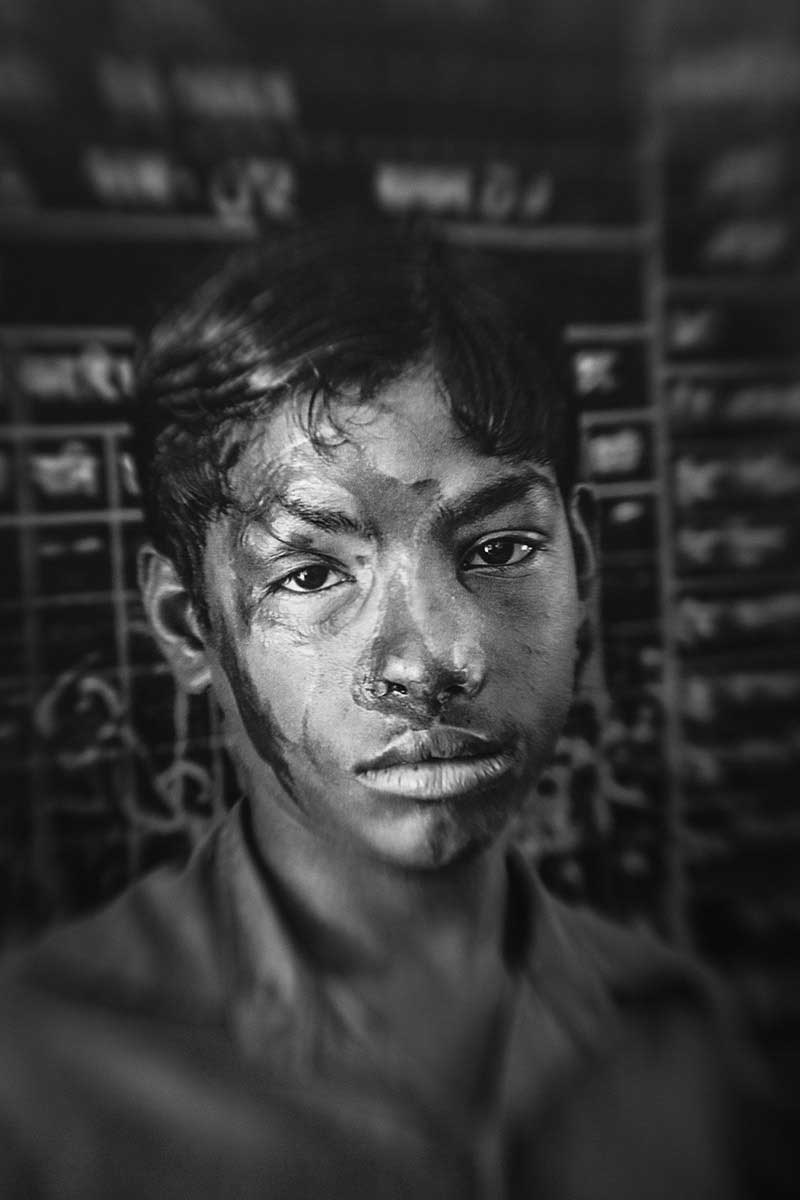
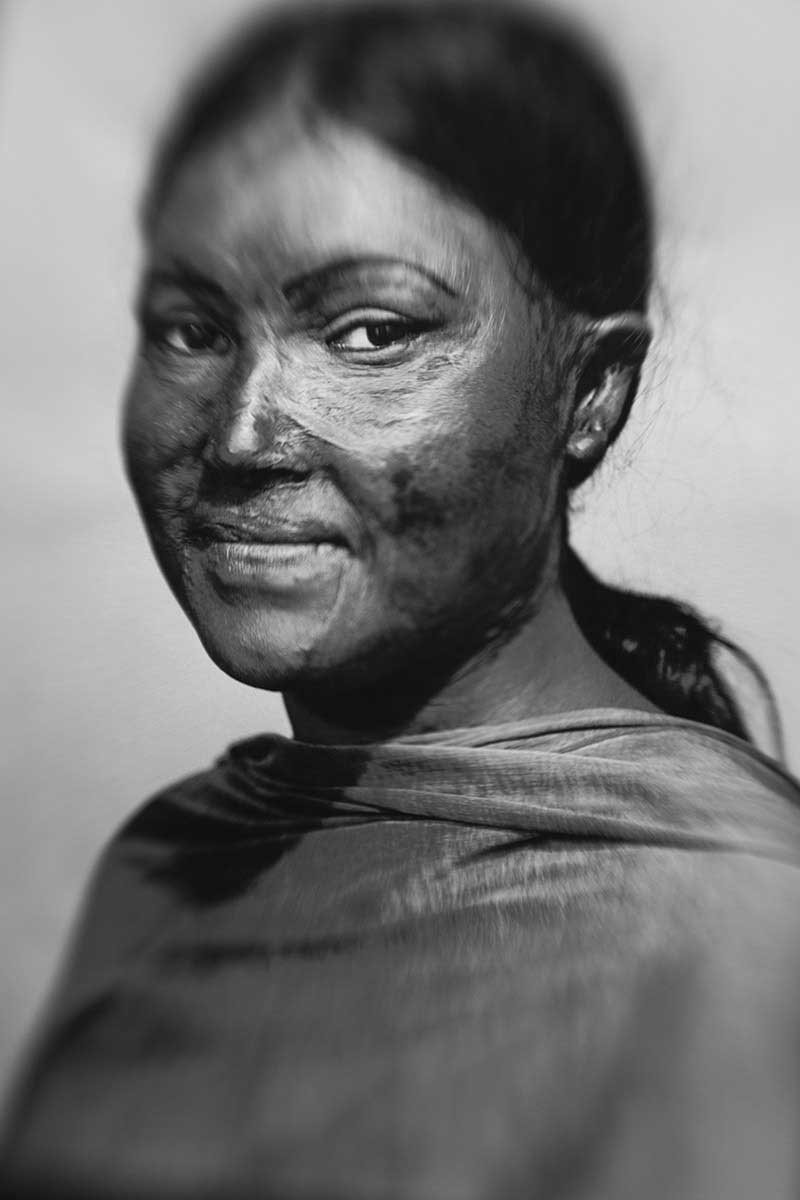
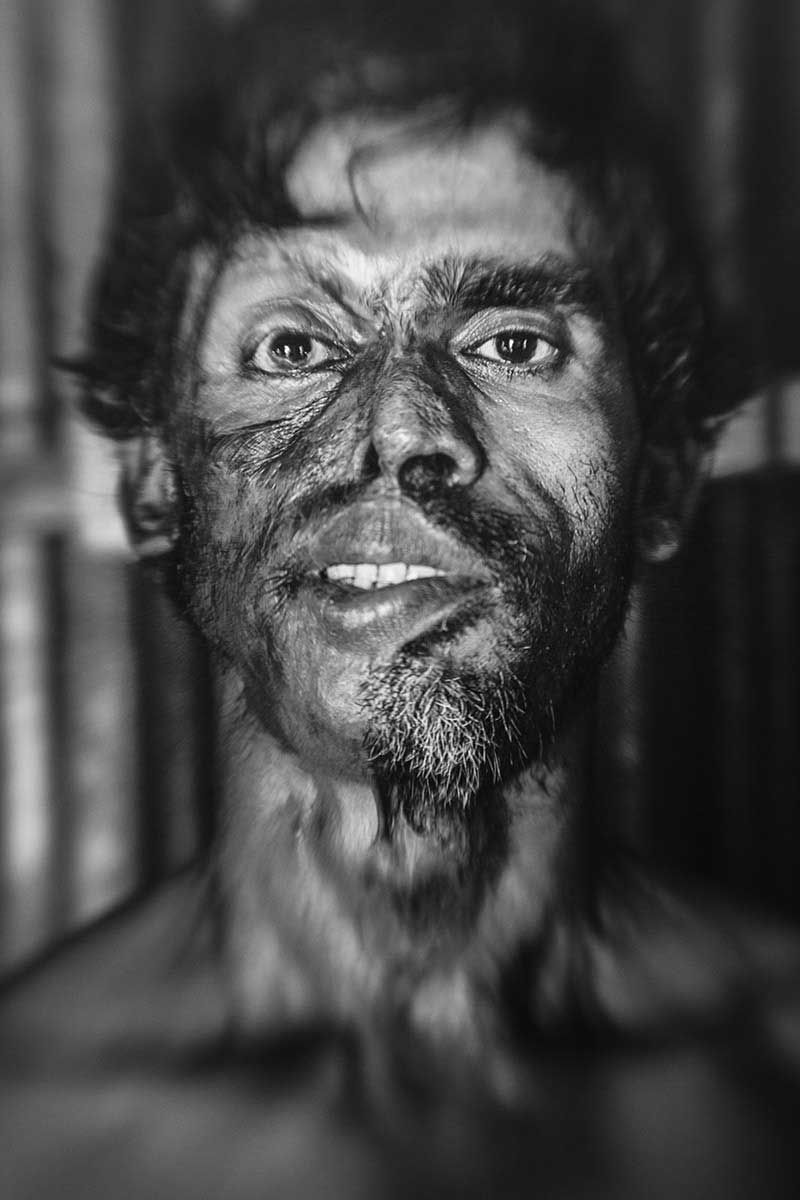
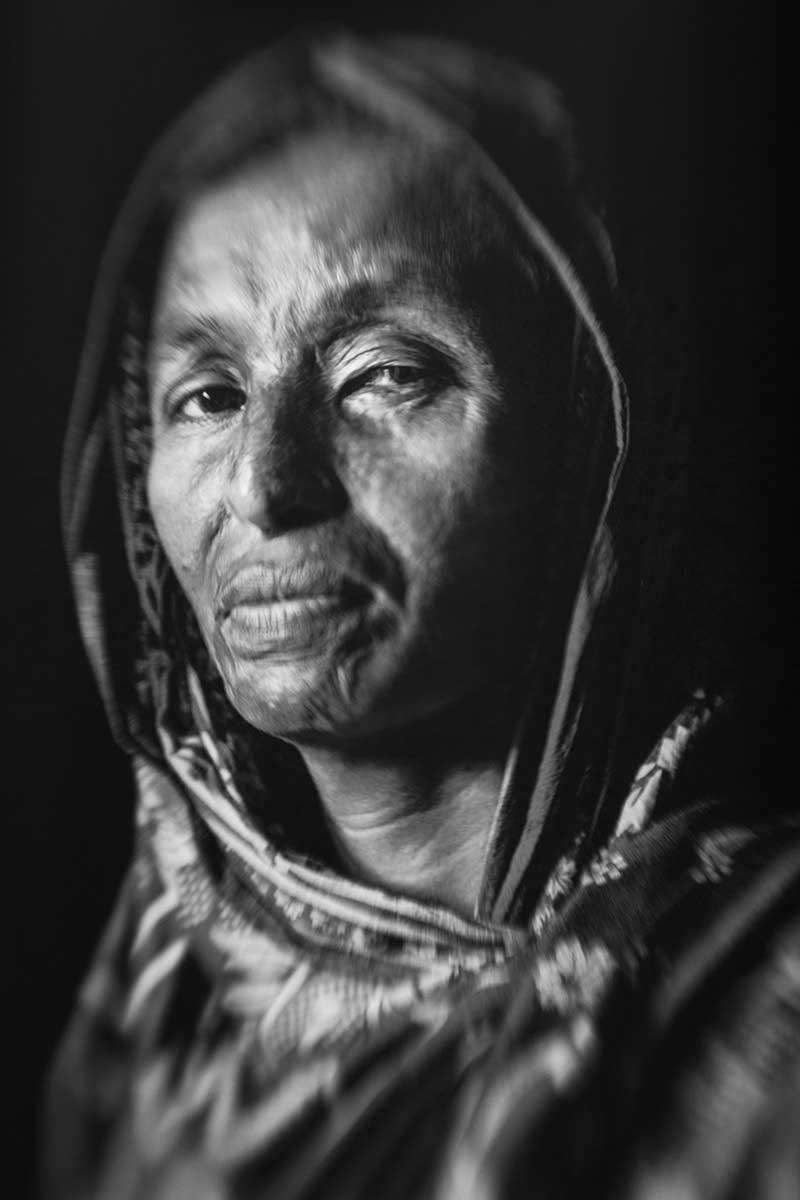
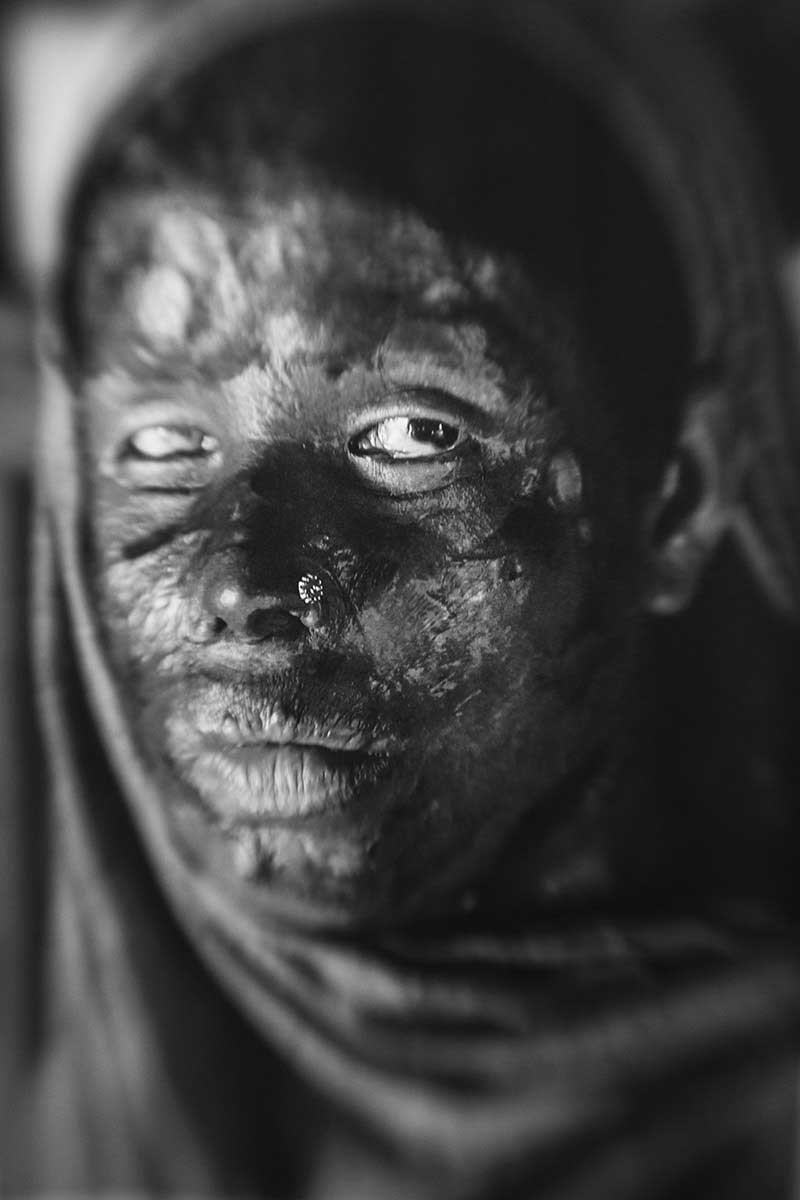
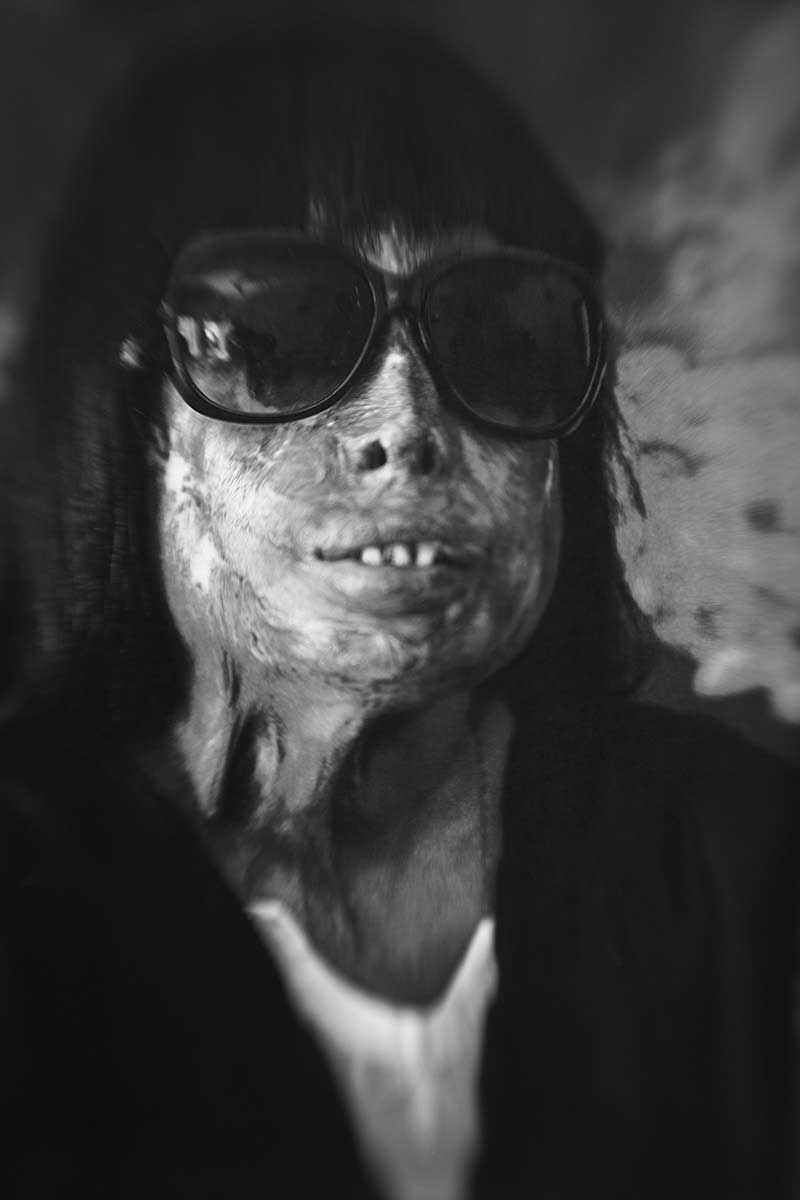
A management team of Baptist Mission School in Mirpur, Dhaka, met Nomita during treatment in hospital. After meeting, they had taken a decision regarding Nomita to admit in Baptist Mission School.
Present Condition: for more than ten years she has been working with Baptist mission School as Assistant Teacher. She is teaching in class 1-2 students. She used to apply brail system. Students are very pleased to Nomita’s teaching, affection and love. She applies different teaching methods during her teaching. In leisure time, she introduces different literatures books and games to inspire the adolescents. The faculty of Nomita’s school is very much pleased to her demonstration on teaching, patience and courage.
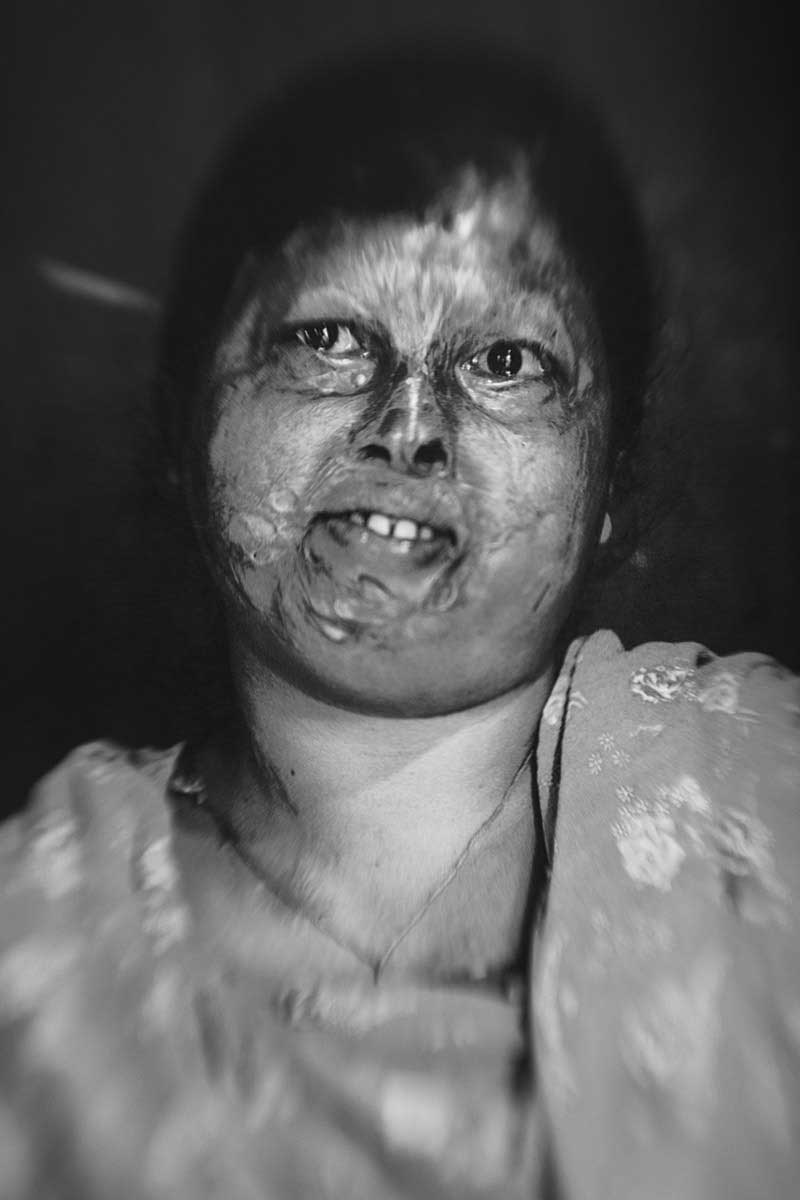
About Erberto Zani
Erberto Zani (Italy, 1978) is a photographer, journalist and photo books designer. Since 1998 he worked as photographer in advertisement sector, especially for elevators, architectures and music portraits. Freelance since 2008, most of his works are focused on documentary-social themes. He cooperates with companies, magazines and No Profit Organizations, for photographs and editorial projects. Available for assignments internationally, he worked in Bangladesh, Burkina Faso, Cambodia, Camerun, Colombia, Costa Rica, Democratic Republic of Congo, Ethiopia, Ghana, Greece, Haiti, India, Israel, Lebanon, Nepal, Rwanda, Thailand, Togo. He lives in Basel, Switzerland.






